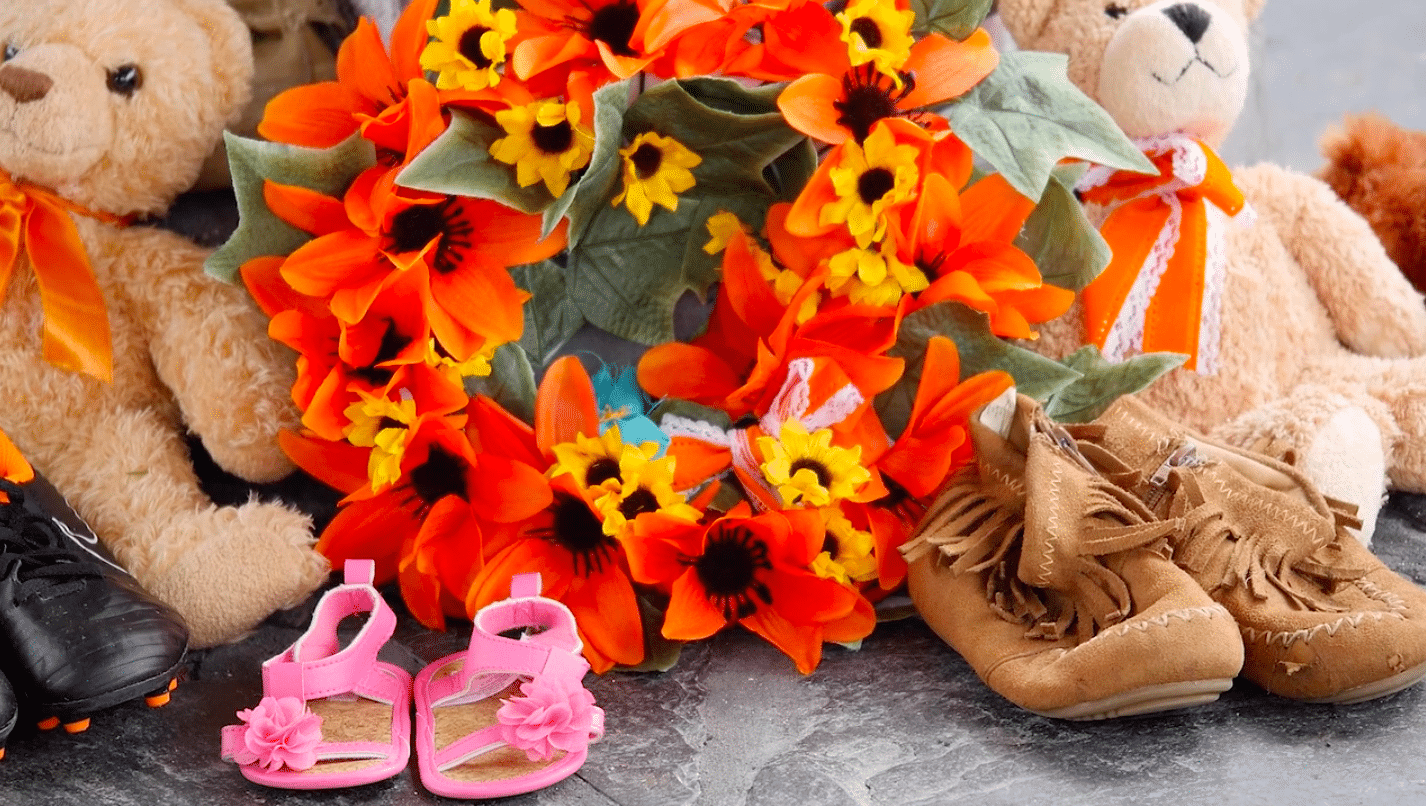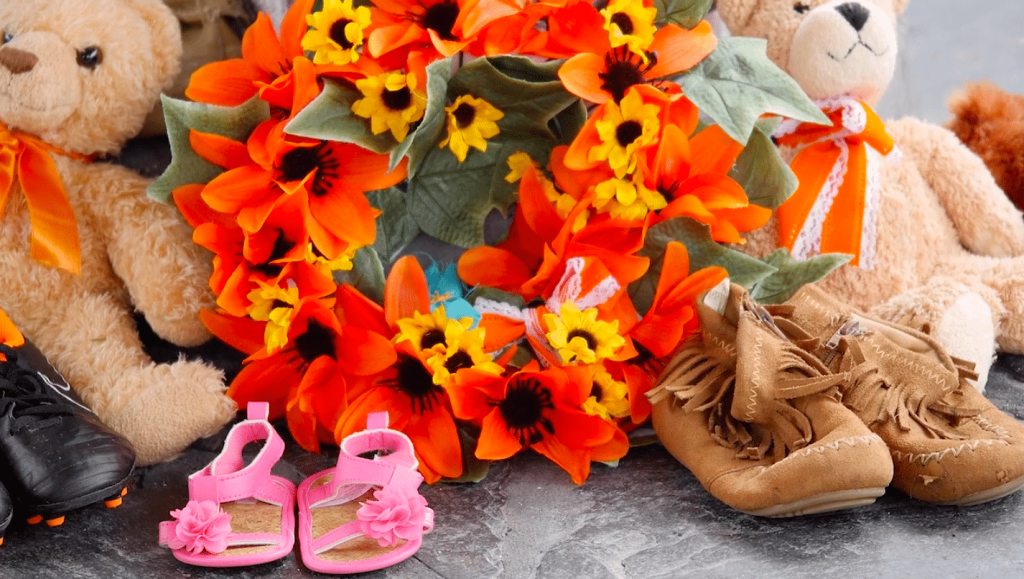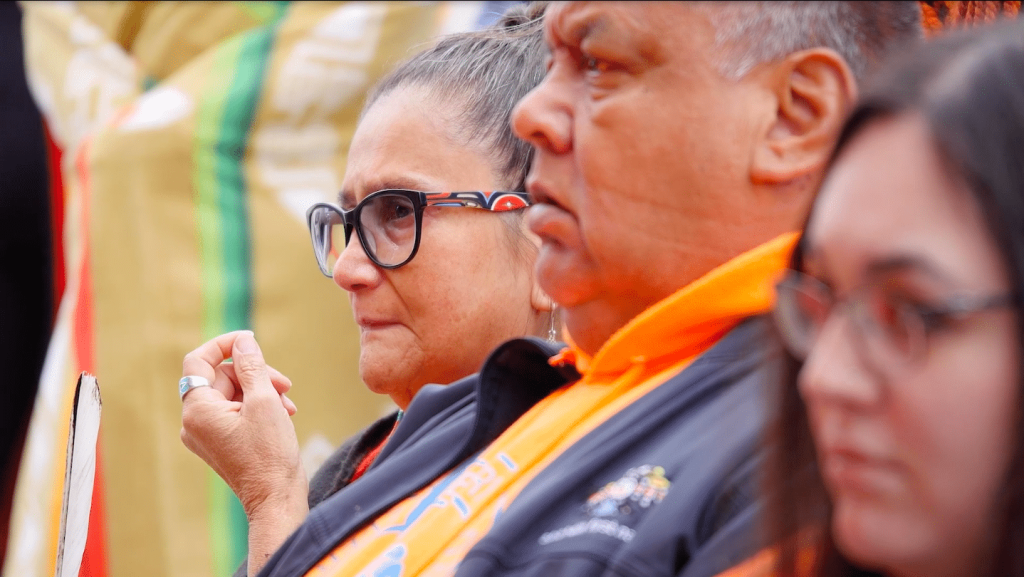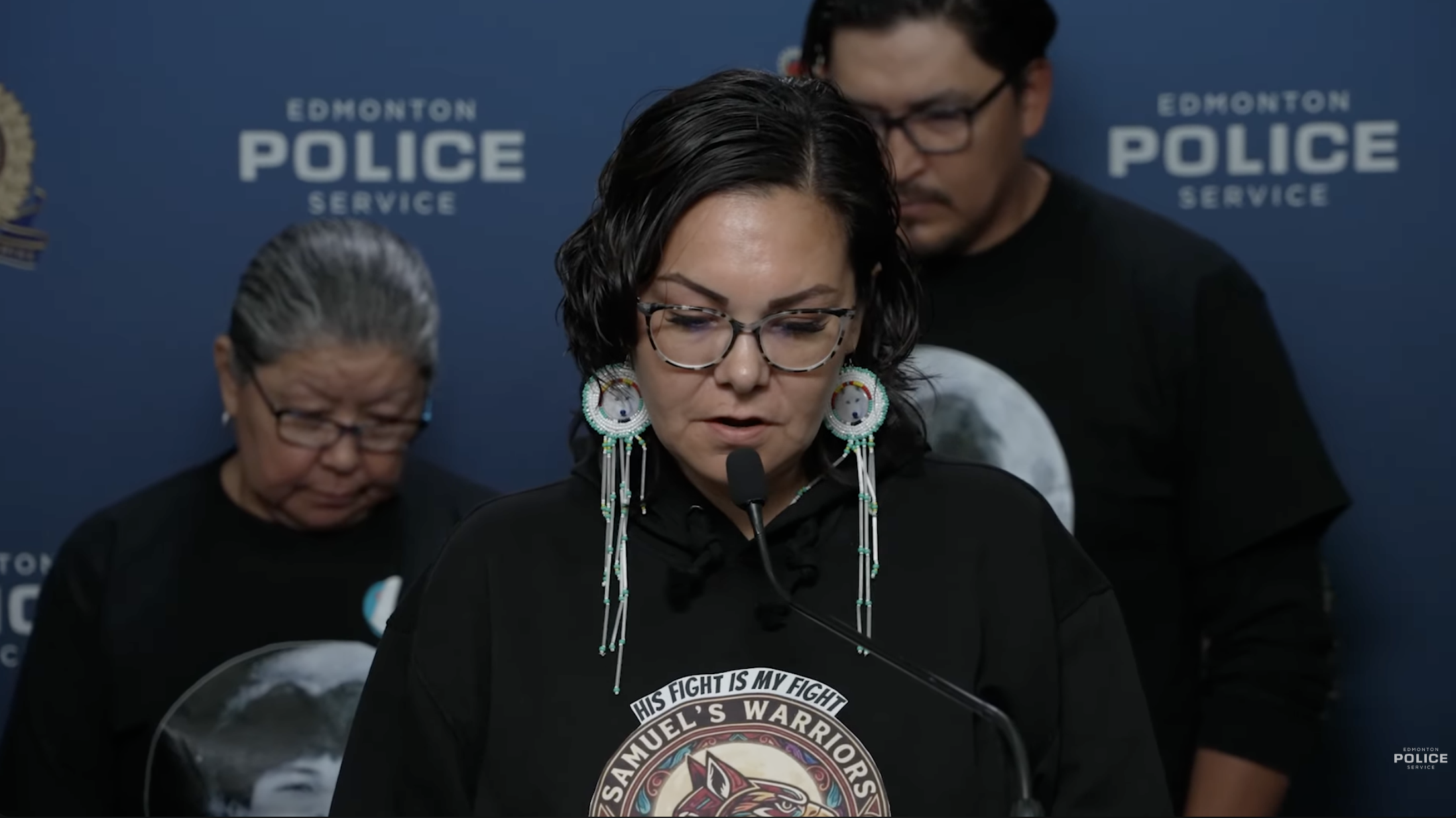shíshálh announces 40 residential ‘school’ graves, as chief pleads: ‘do not normalize this’
‘These children were our aunties, they were our uncles, they were our future leaders that we never met’


CONTENT WARNING: This story contains graphic details about residential “schools” that many will find distressing or triggering. Please look after your spirit and read with care.
The unmarked and shallow graves of 40 children have been identified near the former St. Augustine’s residential “school,” according to the shíshálh Nation which announced the findings today.
Part of an ongoing archeology project with the University of Saskatchewan, researchers launched a formal investigation of the institution early last year — an effort which has included scanning with ground-penetrating radar.
Chief yalxwemult’ Lenora Joe said that the GPR has sadly revealed what appear to be “shallow graves, only large enough for the young bodies to lay in a fetal position.”
The findings were made on or near the grounds of the “school” after survivors told researchers where to look, according to the team, and there are still more areas to be scanned.
As Joe revealed the news in a video announcement — while other community leaders sat behind her in the community’s longhouse — her voice wavered.
She revealed the project has shaken her “to the core,” however, she said it’s important to share the findings.
“We have heard from our Elders that we must tell the truth about what happened to our people,” said Joe.
“These children were our aunties, they were our uncles, they were our future leaders that we never met. They never grew up. And decades later they are still lost children.”
Run by the Catholic Church and “Canada,” the St. Augustine’s Indian Residential School operated on and off in “Sechelt” between 1904 and 1975. During this time period, the institution burned down twice, according to shíshálh.
‘We strongly believe there are many more’
The shíshálh Archeological Research Project has involved consultation with survivors and historical research as well as scanning.
Terry Clark, an associate professor at the University of Saskatchewan, said he believes the number of identified graves will continue to grow as more work is done.
While GPR was used to identify the 40 unmarked burials, researchers also utilized survivor accounts and historical research to ensure accuracy. Because the site is located in a central area of town, the grounds have been affected by development.
“This is a very conservative number,” Clark said in a statement. “Through all aspects of the research, we strongly believe there are many more.”
According to shíshálh, survivors have shared disturbing stories about being forced to dig graves and bury their own friends and relatives. They also spoke about the disposal of children’s remains “that did not include burial” which happened during their time at the institution.
The nation said children from 51 First Nations other than shíshálh, from as far as “Saskatchewan,” were sent to the “school” and many have known of missing children.
In 2018, several nations came together to hold ceremony at the site of the former institution in “Sechelt” for all the children who never made it home as well as survivors.
The reason why some children were sent from nations as far as the prairies, Joe said, was because they stood up for themselves and ran away from residential “schools” closer to home — so they were sent even farther away from their families.
“The firsthand accounts and experiences of survivors are the most sacred, accurate, and honoured parts of this research,” Joe said.
“We have always known our children were missing. This is not news to us.”

‘An important time of reckoning for Canada’
The shíshálh Nation released information about the findings through a series of written releases and videos — and is otherwise asking for privacy and time to heal. The next phase of its investigation is still in the planning stage.
“This is a very challenging time for all the survivors who attended the institution, families of students, and communities, and for the shíshálh Nation,” said a statement from chief and council.
“Our focus throughout the upcoming community meetings will be on supporting survivors, community members and staff through sacred ceremony and cultural practices.”
The nation, which is the latest to announce this type of finding, said this time has been “an important time of reckoning for Canada.”
“The truth is being heard by many settler Canadians in new ways, information Indigenous peoples have been telling Canadians for generations,” the statement from leadership said.
“It is a horrifying and devastating history that must be grappled with. … We must find a path towards truth, justice, and unity. This new path will require great change for all of us.”
Joe said she wants people to remember that, amid all of the news about residential “school” deaths, the findings are not just a number.
“Please do not normalize this,” Joe said.
“Allow our community to absorb and acknowledge what’s happened.”
Author
Latest Stories
-
‘Bring her home’: How Buffalo Woman was identified as Ashlee Shingoose
The Anishininew mother as been missing since 2022 — now, her family is one step closer to bringing her home as the Province of Manitoba vows to search for her
-
Samuel Bird’s remains found outside ‘Edmonton,’ man charged with murder
Officers say Bryan Farrell, 38, has been charged with second-degree murder and interfering with a body in relation to the teen’s death
-
Book remembers ‘fighting spirit’ of Gino Odjick, hockey’s ‘Algonquin Assassin’
Biography of late Kitigan Zibi Anishinabeg left winger explores Odjick’s legacy as enforcer in the rink — and Youth role model off the ice













